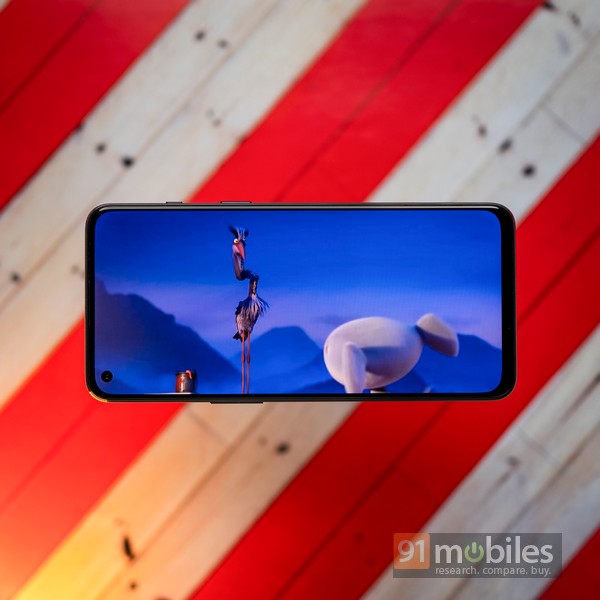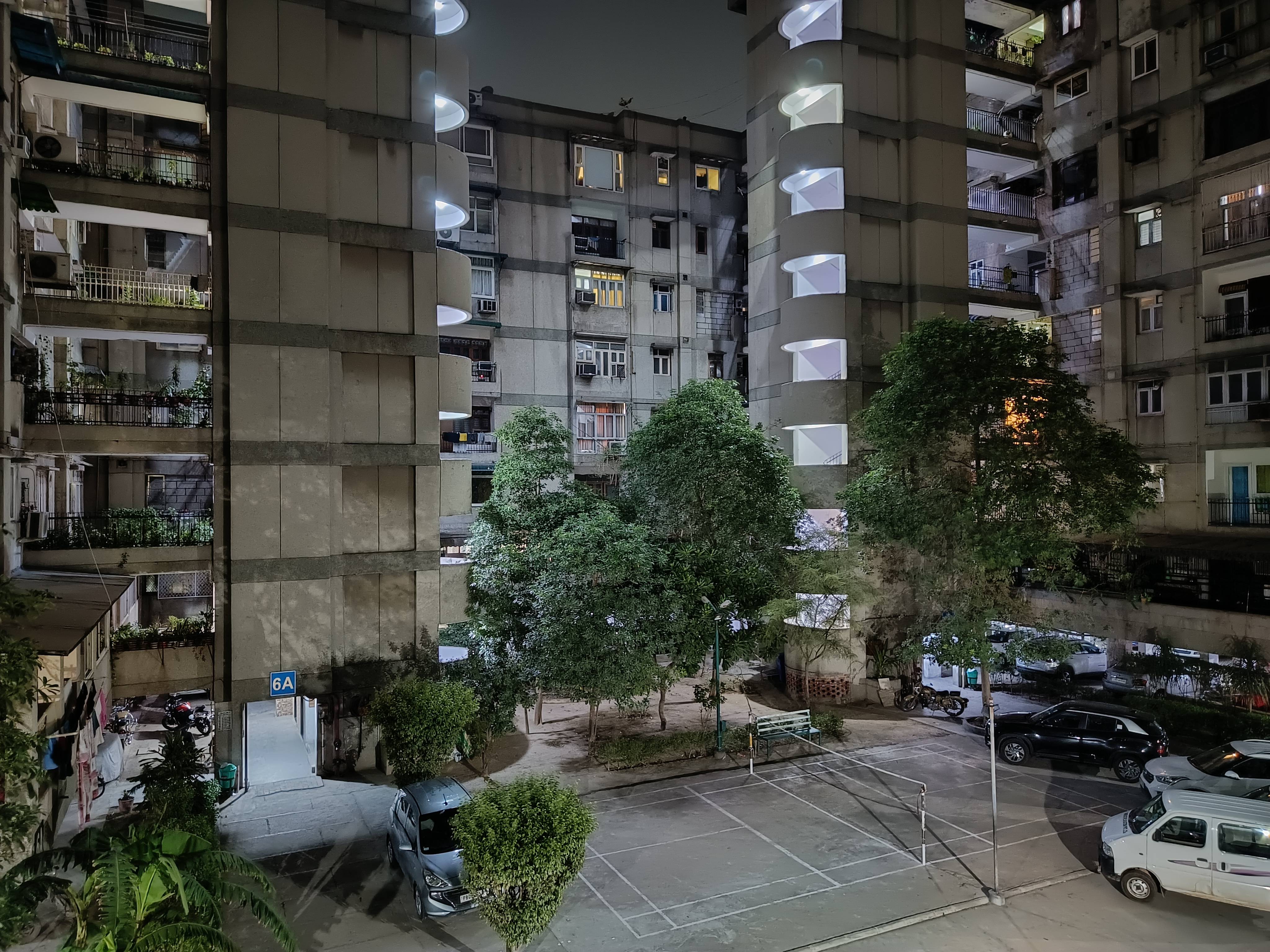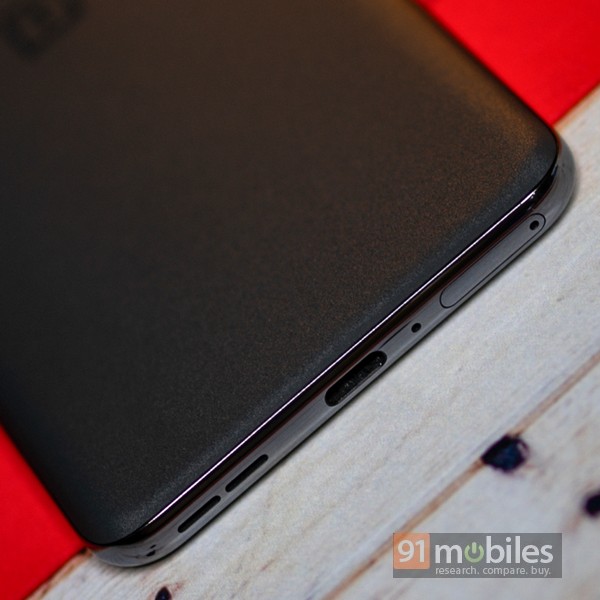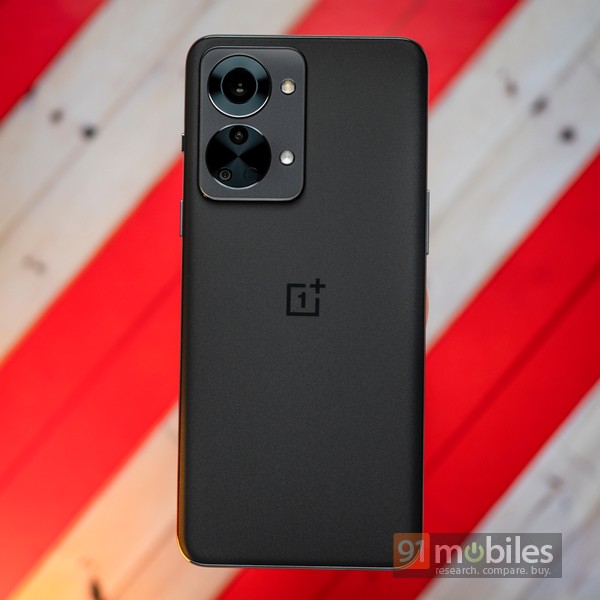Review Summary
Expert Rating
The OnePlus Nord range has been a runaway hit in India, and for good reason – after all, the handsets retail at wallet-friendly price points and despite that, retain most, if not all the company’s core features that usually makes a OnePlus phone stand out. And, sure enough, a recent Counterpoint report substantiates the same, with the Chinese tech giant benefitting from increased sales spearheaded by the Nord range (59 percent YoY, to be precise) in 2021. Well, it looks like the company wants to strike when the iron is hot as the brand recently announced the latest entrant in the Nord series dubbed the OnePlus Nord 2T. Priced starting Rs 28,999, the Nord 2T has to contend with a few devices in the mid-range and budget flagship space. Let’s try to find out if the device is successful in ousting its competition.

Table of Contents
Verdict
The OnePlus Nord 2T essentially provides similar specs and experience as the Nord 2 from last year. For a mid-range smartphone, the Nord 2T doesn’t lack in any department and OnePlus loyalists along with new buyers will not be disappointed with the device.
Design and display

The OnePlus Nord 2T’s physical appearance mimics the iQOO Z6 Pro (review) in more ways than one. For starters, much like the Z6 Pro, the Nord 2T also ships with a massive camera array that houses three sensors. In fact, barring the positioning of the LED flash module, it’s hard to tell one phone from the other, at least from the back. Thankfully, OnePlus has launched the device in unique colourways, including the gorgeous Grey Shadow hue sent to me for review. The paint job looks elegant and it reminded me of the company’s sandstone finish devices. The icing on the cake is that the back of the phone is layered in Corning’s Gorilla Glass 5 and it even offers a matte finish which keeps smudges at bay.

The 8.2mm frame is relatively thin, although I do feel that OnePlus could have shaved off a few more millimeters, given how the Nord 2T doesn’t come with a headphone jack either. Be that as it may, the smartphone offers a robust in-hand feel and despite that, tips the scales at just 190 grams. And, you’ll be elated to know that the company has retained the iconic OnePlus alert slider with the device as well. So, you can switch the smartphone’s sound profiles in the blink of an eye. As for the rest of the I/O, the handset ships with a USB Type-C port, and a speaker grille positioned at the bottom. Thankfully, the phone offers stereo output, with the earpiece doubling up as a secondary speaker unit.

Display-wise, the Nord 2T draws even more parallels to its predecessor, the Nord 2. To wit, the device comes outfitted with a 6.43-inch, FHD+, Super AMOLED panel that can refresh at 90Hz. The panel’s brightness levels top off at a healthy 800nits but, the smartphone struggles to automatically change the display’s brightness by factoring in the ambient light appropriately. Apart from that, the Nord 2T’s panel looks stunning and exhibits punchy colours, deep blacks and wide viewing angles. You can even relay HD media on the set as the smartphone ships with WideVine L1 certification. That said, the device cannot relay HDR media from OTT services like Netflix and Amazon Prime. Furthermore, while the panel’s 90Hz refresh rate felt snappy enough, I do feel that a 120Hz screen would’ve levelled the playing field for OnePlus’ contender. All said and done, the OnePlus Nord 2T’s display, while serviceable, is nothing to write home about.
Cameras

The OnePlus Nord 2T ships with the same camera setup as seen on the OnePlus Nord 2. Spec-wise, the device features a triple-camera setup comprising an OIS-assisted 50MP Sony IMX766 primary shooter, an 8MP ultra-wide sensor and a 2MP mono-lens. For selfies, the smartphone ships with a 32MP sensor up front. Seeing how both the phones feature the same hardware, you’d be wise to assume that the images snapped by the Nord 2T are quite similar to the ones captured by its predecessor, the Nord 2 as well. Now, that’s not a bad thing per se since the Nord 2 was among the better camera-centric phones from last year.


So much so, the Nord 2 snaps a slightly better image than the Nord 2T in lowlight scenarios too, which is evident if you look at the slider attached above wherein, the smartphone’s output is a tad sharper and brighter as well. Now, do note that the corner sharpness is about the same in both images and the devices have rendered the elements positioned towards the periphery of the frame a tad soft. That said, the handsets have squeezed out a reasonable amount of detail from the shadows, which is great.


What’s more, the Nord 2T’s daylight photo-taking skills are more than satisfactory and images shot under the sun offer oodles of details, great dynamic range, and tasteful albeit slightly oversaturated colours. White balance, for the most part, appears to be on point as does exposure handling even when the sensor is pointed directly towards bright sunlight. You can also snap full-resolution 50MP shots with a single tap and add an extra layer of detailing in the scenes.

Moving on, much like the Nord 2, the 2T’s main sensor offers slow shutter speeds too. Correspondingly, the handset introduced a bit of a blur when snapping pictures of fast-moving objects. On the bright side, the presence of OIS helps stabilise the shots to a healthy degree. I should also add that the phone’s large sensor paves the way for high-quality closeups with a natural bokeh effect. That said, I’d recommend you keep AI Scene recognition off as it amplifies the colour scheme on any given landscape, thereby robbing the image of its natural tones.
As for the 8MP ultra-wide, the sensor overturns adequate sharpness along the centre of the frame. And, while I was happy with the camera’s 120-degree FoV, the unit does little to mitigate fringing around the edges of the frame. That’s not all, as the UW sensor tends to click images with a warmer tone and it’s easy to spot the colour temperature disparity between the primary and ultrawide sensor. Portrait mode images, however, looked quite good with the output yielding a convincing blur effect. Lastly, I found that the use of a mono sensor makes little sense over something more practical like a macro or a telephoto shooter.
Video-wise, the phone is capable of shooting 4K 60fps videos and super slow motion at 960fps. On the front is a regular 32MP selfie shooter with slightly off-putting skin tones and a little bit of facial oversharpening.
Performance and software
The Nord 2T is the first device to come with the MediaTek Dimensity 1300 SoC. Now, the chipset comes as the successor to the Dimensity 1200 platform however, the SoC performed in the same fashion as the one powering the Nord 2 during my stint with the device. As a matter of fact, the Dimensity 1200 yielded marginally better results than the Dimensity 1300 in certain benchmarking apps like Antutu too. Making matters worse, the Dimensity 1300 SoC has to contend with its fair share of throttling issues which, in our testing, cut the peak performance down to 64 percent when the phone was subjected to a sustained load for 30 minutes. Our CPU Throttle test result was further solidified in 3DMark’s Wild Life Extreme Stress run wherein, the Dimensity 1300 SoC output a 65.2 percent stability score. Be that as it may, the handset was more than adept at tackling day-to-day tasks. In fact, the smartphone’s performance, while not improved, is still not too shabby.

To wit, the device rarely struggled when juggling multiple social media apps alongside other resource-hungry utilities like Chrome. Apps opened swiftly too, and the handset rendered all in-app and UI transitions smoothly. As for gaming, the device could run popular BR title BGMI at Extreme (60FPS) frame rate and Smooth graphics preset. And, you can even push the device to run the game at the HDR graphics setting, provided you are content with running the game at 45FPS. Memory-wise, the smartphone supports up to 12GB of LPDDR4X RAM and up to 256GB of UFS 3.1 storage.

Moving on, the OnePlus Nord 2T ships with a snappy in-display fingerprint sensor which worked without a hitch during my review period. And, while the phone doesn’t ship with a headphone jack, it touts a dual-speaker setup which gets quite loud whilst maintaining clarity and depth. For connectivity purposes, 5G is available to be utilised whenever the Indian telecom infrastructure is upgraded to support the next generation of communication. OxygenOS 12.1 is the operating skin on the Nord 2T which is based on Android 12.

Personally, the semblance between the UI and OPPO’s ColorOS is minimal. However, that’s not to say that the interface doesn’t borrow a page or two from ColorOS either. The Nord 2T’s camera app, for instance, looks similar to the one on most OPPO phones. On the bright side, the smartphone ships with minimal bloatware, the OnePlus shelf remains as useful as ever, and in general, the interface is sufficiently user-friendly. OnePlus is offering three years of security updates and two years of Android upgrades on the Nord 2T.
Battery
A standard 4,500mAh cell can be found on the OnePlus Nord 2T and the difference, as compared to the Nord 2, is that the battery can be charged at 80W instead of 65W. In overall terms, the faster charging saves about 10 minutes when juicing up the phone from 0 to 100 percent. You can read about my comparison between different charging speeds here.

As far as the battery life goes, I was able to run the phone down after a day’s worth of heavy usage. This included binge-watching a few episodes of Stranger Things, playing a bit of BGMI, and general social media browsing.
Final verdict
The OnePlus Nord 2T reminds me an awful lot of the OnePlus 3T which, for the uninitiated, offered iterative upgrades over the OnePlus 3. You see, the Dimensity 1300 SoC is not a leap in performance compared to the Dimensity 1200 chipset by any stretch of the imagination. What’s more, the Nord 2T offers the same display, camera array, and battery pack as well. In fact, the only notable changes on offer can be dubbed down to the handset’s improved charging speeds and its new design.

That’s not to say that the Nord 2T is a bad phone. In fact, OnePlus has kept the general appeal of the Nord series more-or-less the same with its latest entrant, whilst adding a few nifty tweaks including support for super-fast 80W charging. Rest assured, while I wouldn’t recommend buyers with a Dimensity 1200 phone upgrade to the Nord 2T, the device is a decent buy for anyone with a slightly older handset.
Editor’s rating: 3.5 / 5
Pros
- Crisp display
- Good design
- Capable stereo speakers
- Superfast 80W charging
Cons
- Mono sensor is not very useful
- CPU can throttle under load
 | Rs. 28,999.00 | Go To Store |
 OnePlus Nord 2T 5G OnePlus Nord 2T 5G | vs |  iQOO Z6 Pro iQOO Z6 Pro |
 OnePlus Nord 2T 5G OnePlus Nord 2T 5G | vs |  realme X7 Max realme X7 Max |







































